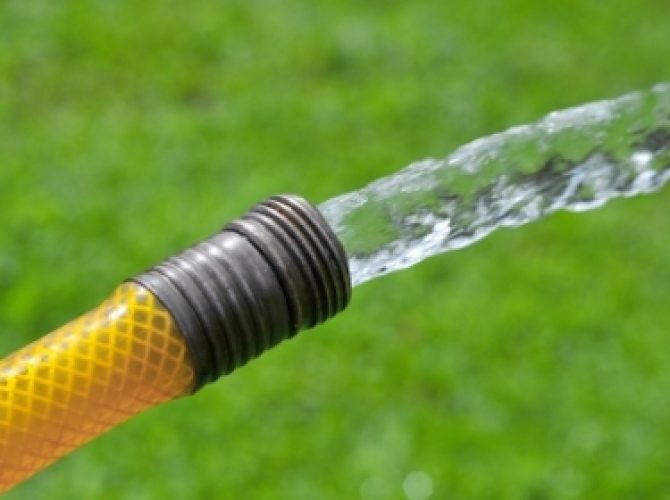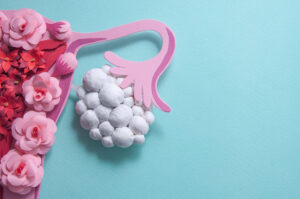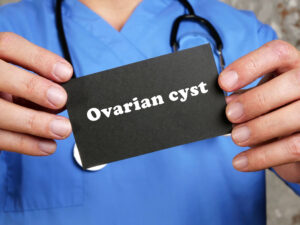Stress Incontinence….
This is one of those “things” that everyone thinks “only” happens to them. From my young to old patients, this is a topic that women seem to approach with such trepidation…….
“OMG Dr. Angela, I don’t even know how to tell you this, but sometimes when I cough, laugh, sneeze…. I leak a bit of urine……”
Ok….. so exhale………this happens to almost EVERYONE I know!
So……we’re gonna keep this light….simple………easy to understand……
While there are different types of incontinence; i.e, stress incontinence, urge incontinence, mixed incontinence, and overflow incontinence, we are going to focus on stress incontinence.
Stress incontinence is the loss of urine that occurs with acts such as sneezing, coughing, laughing, lifting heavy objects, etc. I often tell patients that stress incontinence is associated with anything that causes an increase in intra-abdominal pressure.
Stress incontinence is caused by a weakening of the muscles of the pelvic floor. Events such as pregnancy, child birth, menopause, and the week preceding the menstrual cycle, can contribute to stress incontinence.
Decreased estrogen levels, which characterize both menopause and the week prior to menses, are associated with lower muscle pressure around the urethra; hence, increasing the chance of losing urine.
In most cases, the diagnosis of stress incontinence is pretty straight forward and doesn’t involve much of a workup; i.e., urodynamic (bladder) testing, etc. In fact, the diagnosis is usually made based on a patient’s history alone.
Treatment initially involves behavioral modifications such as:
1. Weight loss, if in fact you are overweight (defined by a BMI >25)
2. Smoking cessation
3. Avoiding items that are bladder irritants such as spicy foods, citrus fruits, alcohol, and carbonated beverages.
4. Kegel exercises! We have all heard of these yet usually either don’t do them or aren’t doing nearly enough. The purpose of Kegel exercises is to strengthen pelvic and sphincter muscles.
The easiest way to describe how to do a Kegel is the following….try stopping your urine mid-stream. If you can successfully do this, you’ve identified the muscle group that you are supposed to be exercising and are hence “Kegeling”!
I usually recommend at least 30 – 50 daily (3 – 5 sets of 10). I also counsel patients not to expect to notice results for at least 6 weeks……
The great thing about Kegels is you can do them ANYWHERE without ANYONEhaving the faintest idea what you’re doing….try doing them at a traffic light, or while sitting behind your desk ![]()
Other treatment options might include, but are not limited to, pessaries, biofeedback, vaginal cones, etc., depending on your situation.
When conservative measures such as those mentioned above fail, there is always a surgical option which typically involves some sort of sling procedure (which will be/can be addressed on a later blog).
So, you peed your pants? Join the club! So have a lot of other women!
Hoping this blog adds value to your day!
Until next time,
Look Better. Feel Better. Be Better.
Dr. Angela










